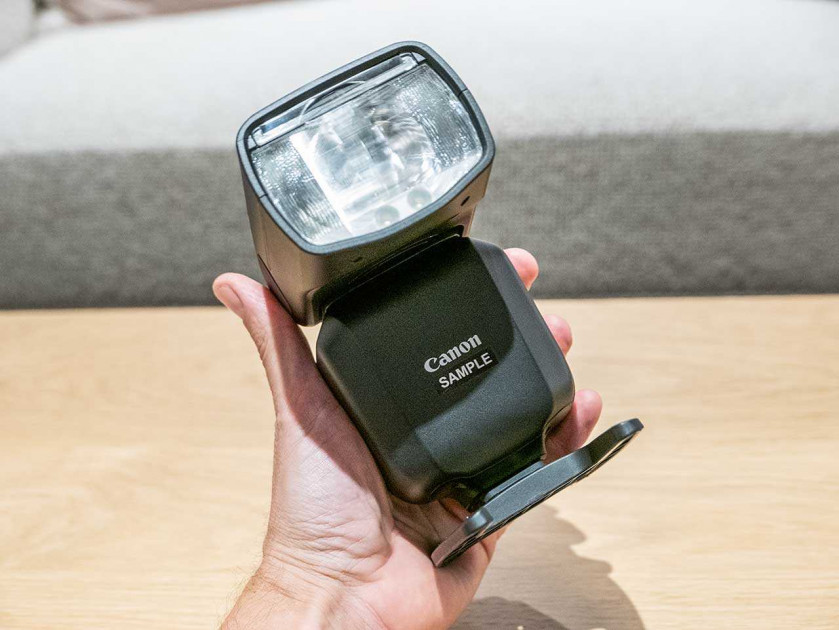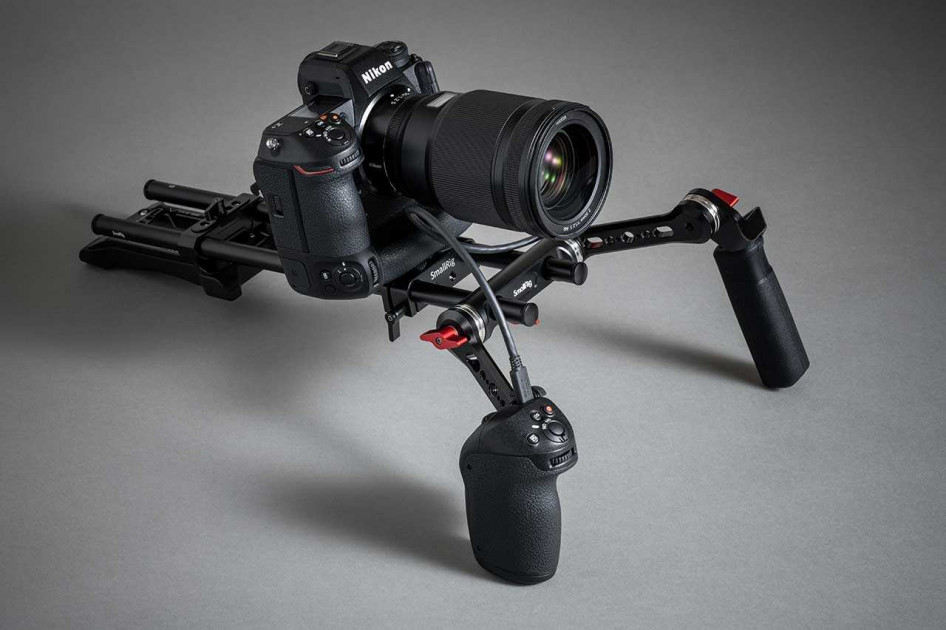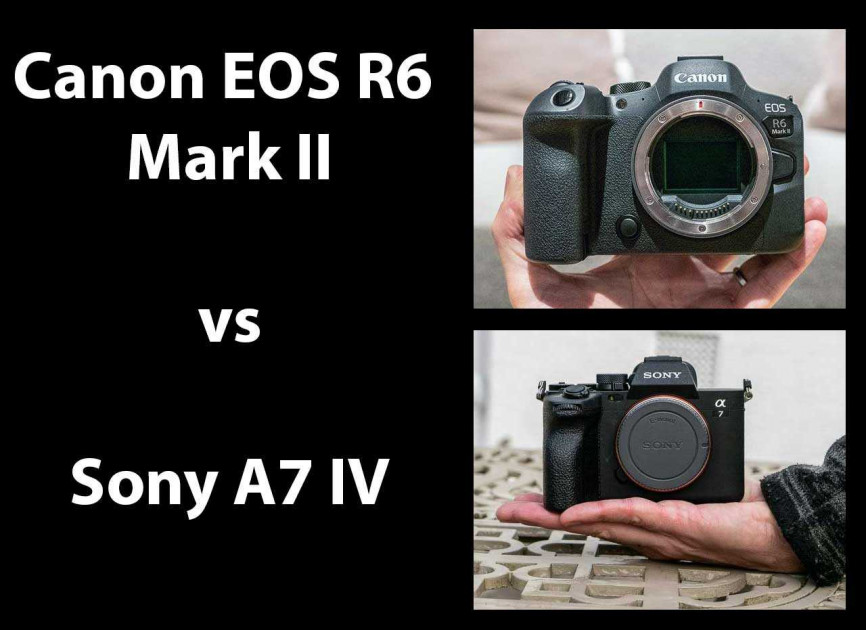
The Canon EOS R6 Mark II and the Sony A7 IV share quite a lot of similarities when it comes to their core specifications and features at a similar price point, so which one should you pick?
We’re bringing you this in-depth Canon EOS R6 Mark II vs Sony A7 IV head-to-head comparison to help you choose between these two full-frame mirrorless cameras.
You can also read our detailed Sony A7 IV review to find out exactly what we think of that camera.
Sensor
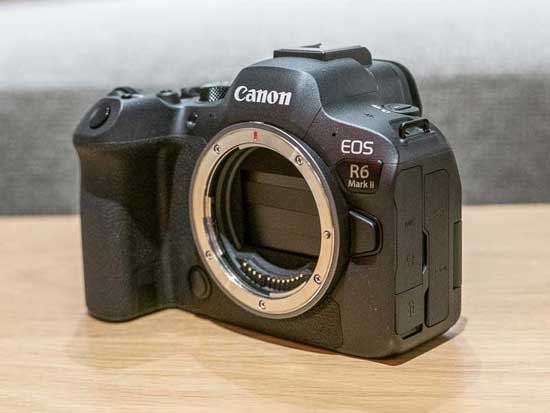
The new EOS R6 Mark II has a 24.2 megapixel CMOS sensor, which offers a 20% increase in resolution compared to its predecessor.
That is still somewhat short of the Sony A7 IV, which uses a newly developed 33 megapixel Exmor R BSI CMOS sensor.
ISO Speed
Both cameras have the same expanded ISO range, but slightly different native ranges.
The native ISO range runs from 100-102,400 on the EOS R6 II, which can be further expanded up to ISO 204,800 and down to ISO 50.
The A7R IV has a native range of 100-51,200 for stills, which can be pushed two stops further to ISO 204,800, and can drop down to ISO 50 if required.
Video
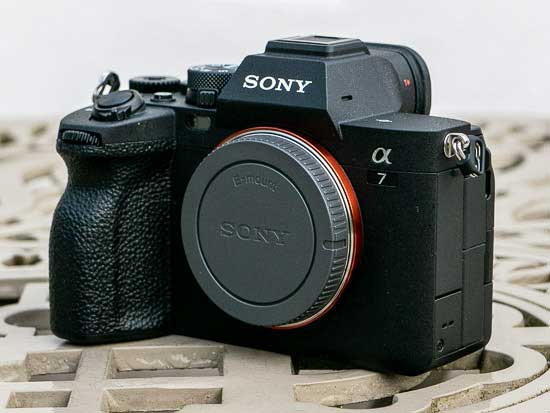
The Canon EOS R6 can record 4K video up to 60p in 10-bit, achieved through oversampling from 6K.
It also offers 6K/60p ProRes Raw recording, but only externally via HDMI rather than internally.
1080p slow-motion recording is available with AF support with a maximum frame rate of 180fps.
There’s also no longer a 30-min time limit on recording as on the original R6.
The Mark II R6 also offers several new video features like focus breathing correction, a false colour exposure aid, a 3/5 second pre-recording function, CLog3 profile, and a quick control screen just for video.
The A7IV offers 4K UHD video recording in the XAVC S-I format, up to 60fps at 4:2:2 color depth in 10-bit to the inserted memory card or over HDMI to compatible third party recorders with either Long GOP or All-Intra frame encoding.
4K/30p video is oversampled from 7K in full-frame, but unfortunately 4K/60p is oversampled from 4.8K in the APS-C Super 35 mode.
So when shooting in 4K at 30p, the camera utilises the full width of the image sensor to oversample from 7K’s worth of data, but at 60p, a 1.5x crop is applied.
It can record Full 1080 HD at up to 120fps, with the dedicated Slow and Quick motion mode offering frame rates ranging from 1fps to 120fps.
Other highlights include AF Speed settings, no recording time limits at all, a blue peaking colour, the ability to shoot vertical videos, live streaming support, and dual NTSC and PAL recording on the same memory card without having to reformat it.
There’s also Breathing Compensation to help reduce focus breathing with certain Sony lenses, Shockless White Balance to make manual changes in white balance more smooth, Flexible Exposure Mode to switch between auto and manual exposure settings separately for the aperture and shutter speed, and two types of Shot Marks to mark favourite takes or scenes.
Autofocus
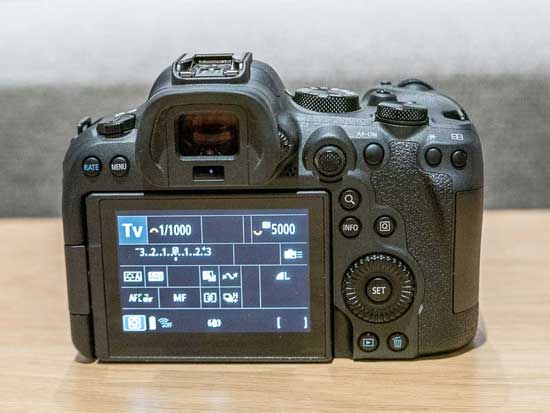
The new R6 II has a very similar auto-focus system to the flagship EOS R3 sports camera, with improved AI tracking that can now additionally recognise horses, aircraft and trains, as well as humans, dogs, cats and birds.
It features a special auto-select mode for subjects, plus the same Flexible AF mode from the EOS R3, and eye tracking functions in all AF modes.
It can focus in light levels as low as -6.5EV (when used with an F1.2 lens).
The A7IV has 759 on-sensor phase-detect points, supported by 425 contrast detect points that work down to -4EV.
The auto-focus system supports Real-time Tracking AF and also Human, Animal and Bird Eye AF, all for both stills and movies.
Burst Shooting
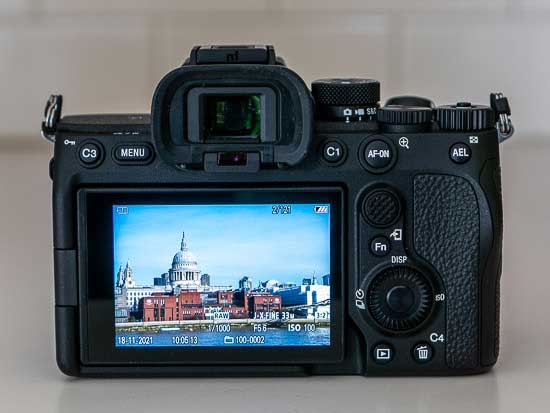
The EOS R6 II can shoot at 12fps with the mechanical shutter, but doubles the rate with the electronic shutter to 40fps, thereby offering the fastest burst shooting in its class.
The buffer is 190 JPEGs, 140 Compressed Raws, or 75 Uncompressed RAWs, and the camera’s maximum shutter speed is 1/16,000th second when using the silent electronic shutter.
There’s also a new Raw burst mode in which the camera can shoot at 30fps with 0.5 seconds of pre-capture built-in.
The A7 IV only offers 10fps burst shooting with Full AF/AE tracking, although only if you shoot JPEGs and/or compressed Raws. The burst speed does drop quite dramatically, though, to just 5-6fps if you want to shoot either uncompressed or lossless compressed Raw files.
The A7 IV does at least have a much larger buffer than the EOS R6 II, though, especially when shooting Raw files, being able to shoot at 10fps for up to 830 JPG+RAW (uncompressed) or 1,000 JPGs, lossless compressed or compressed RAW in one high-speed burst.
There is a pretty big caveat for the A7 IV’s improved buffer to be aware of – it can only be achieved when using a CFexpress Type A card, which are much more expensive than SD cards, with the fastest rate dropping to 8fps if you use the latter.
Body and Design
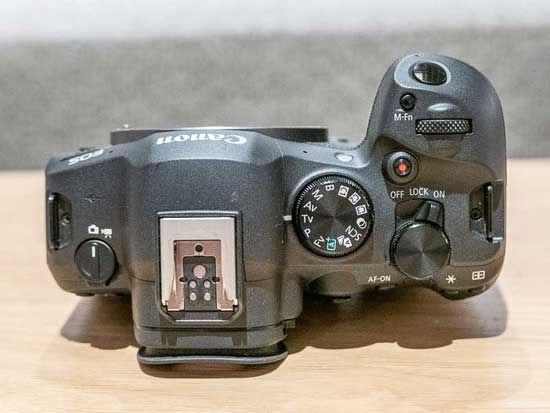
The Canon EOS R6 Mark II is virtually identical to its predecessor – you’d be hard pressed to tell them apart from a cursory glance.
There’s a new On/Off/Lock switch on the right hand side of the top-plate, and a new Camera/Movie switch over on the left.
The multi-controller on the rear has been subtly redesigned, and Canon’s latest multi-function shoe has been implemented.
Otherwise you’ll feel instantly at home with the Mark II version if you’re upgrading from the original R6.
The A7 IV has almost exactly the same body design and uses the same heatsink system as the A7S III.
It has a magnesium alloy body that only weighs around 658g with battery and memory card installed.
The body has improved sealing so it can be counted upon in adverse conditions. It also features a ‘heat dissipation’ design.
IBIS
The new Mark II has a brand new 5-axis IBIS unit that provides up to 8 stops of IS, allowing you to hand-hold the camera for up to 4 seconds and still get critically sharp results.
The A7 IV has built-in image stabilisation worth up to 5.5 shutter speed stops. It also has a feature called Active Mode that increases stabilization for movie shooting.
Viewfinder
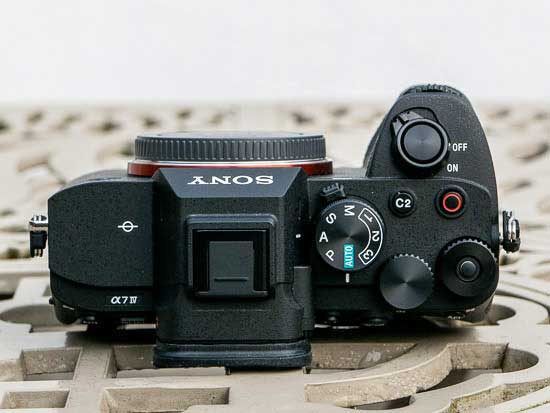
The Canon R6 II have a 0.5inch 3.69 million dot electronic viewfinder (EVF) that operates up to 120fps for minimal lag when shooting fast-moving subjects.
It incorporates a special OVF simulation mode, similar to the one of the EOS R3, which uses HDR technology to simulate a more “real-world” view of the scene.
The A7 IV also a 3.69m-dot EVF that with a refresh rate of up to 120fps, 100% scene coverage and 0.78x magnification.
LCD Screen
The EOS R6 II has a 3-inch, 1.62 million dot, vari-angle LCD screen which tilts out to the side and faces forwards for more convenient vlogging and selfies.
The A7 IV has a fully articulating 3-inch, 1.03 million dot LCD screen. You can flip out the screen to the side, rotate it forwards for easier operation when pointing the camera at yourself, and fold it flat against the back of the camera to stop it from getting scratched.
Memory Cards
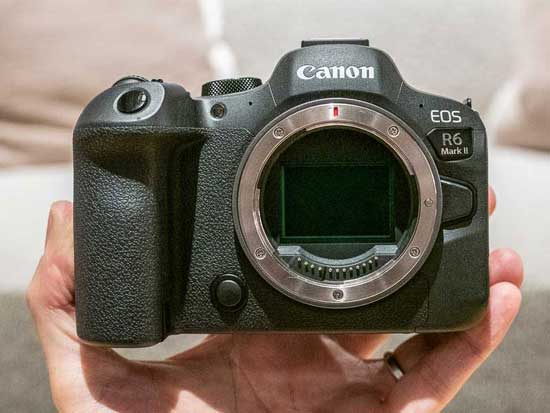
The Canon R6 II supports two SD UHS II cards via dual slots, with the ability to record to both cards simultaneously.
The new A7 IV also has dual card slots, but one of these slots can interchangeably use UHS-II SD-cards and faster CFexpress Type A cards.
Battery Life
The R6 Mark II continues to use the same LP-E6NH battery as the R6, but Canon have managed to extend the battery life.
This offers CIPA rated battery life of XXX shots when using the EVF and XXX when using the LCD screen.
The Sony A7 IV uses the large capacity NP-FZ100 battery which offers a CIPA-rated battery life of 610 shots when using the LCD screen.
Both cameras can also be powered and charged via a USB-C connection, which is useful if you’re out and about and have a compatible powerbank to plug the camera into.
Connectivity
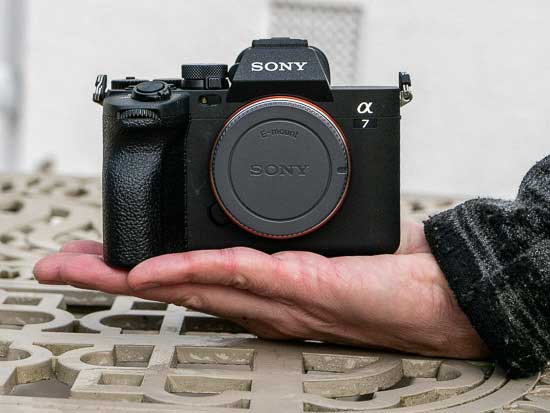
Canon have made several improvements to the R6 II including both 2.4GHz and 5GHz wi-fi, Bluetooth 5.0 support, and the ability to operate as a webcam or use the camera for live streaming via UVC/UAC.
The A7IV benefits from an upgrade to the fastest 5GHz Wi-Fi connectivity and also offers in-camera USB streaming – 10Gbps live streaming via its USB-C port to be exact – allowing you to use the camera as a webcam. It supports up to 4K/15p or more usefully 1080/60p.
Price
In the UK the Canon EOS R6 Mark II is priced at £2599 body only and in Europe it costs $2649.
The Sony A7 IV costs £2399 / €2799 / $2499 body-only in the UK, Europe and the USA respectively.
Conclusion
The Canon EOS R6 Mark II and Sony A7 IV both have different strengths – the R6 can shoot at 40fps versus the A7 IV’s 10fps, but the Sony offers 33 megapixels versus the Canon’s 24 megapixels. The R6 II has a better IBIS system and recognises more subjects when auto-focusing, but the Sony supports faster memory cards and is smaller and lighter as well as slightly cheaper.
So what do you think? Would you choose the new Canon EOS R6 Mark II or the Sony A7 IV? Leave a comment below!

